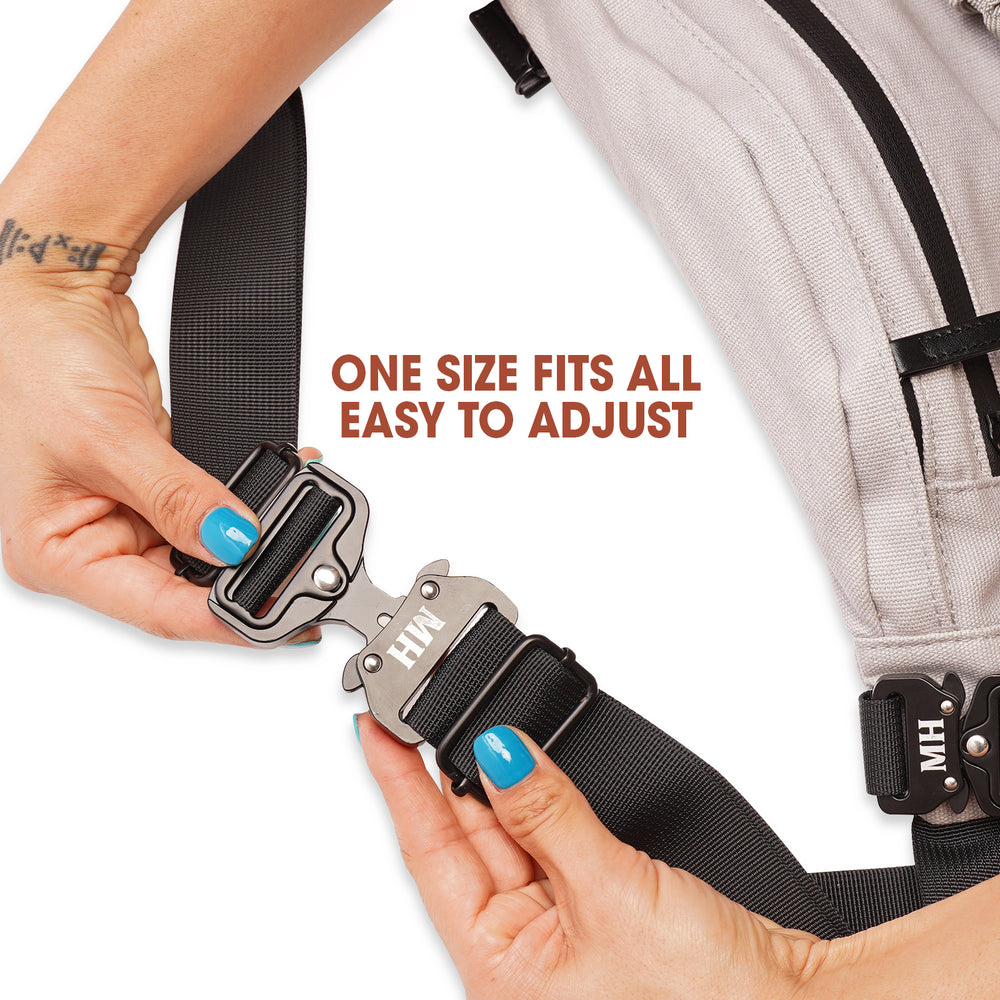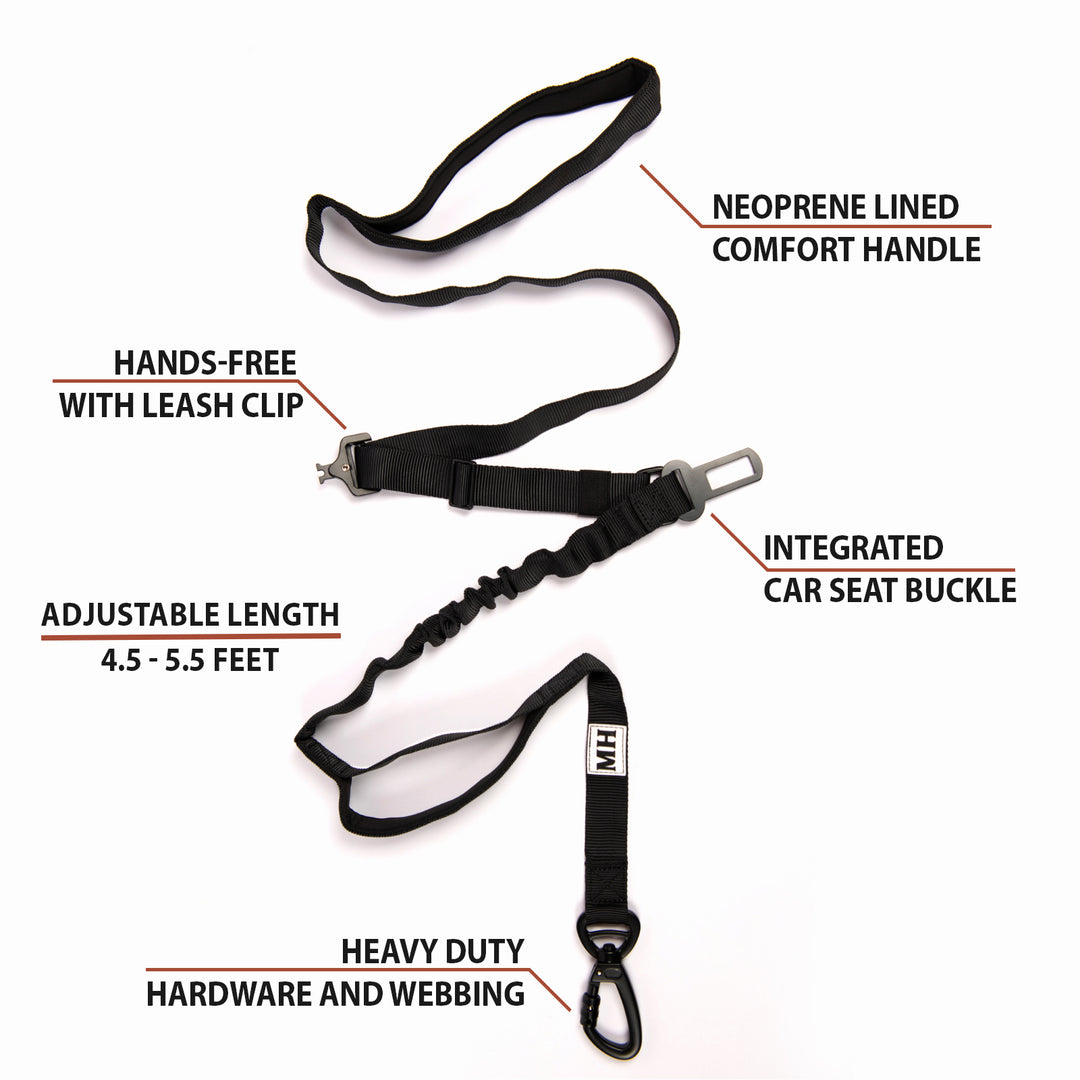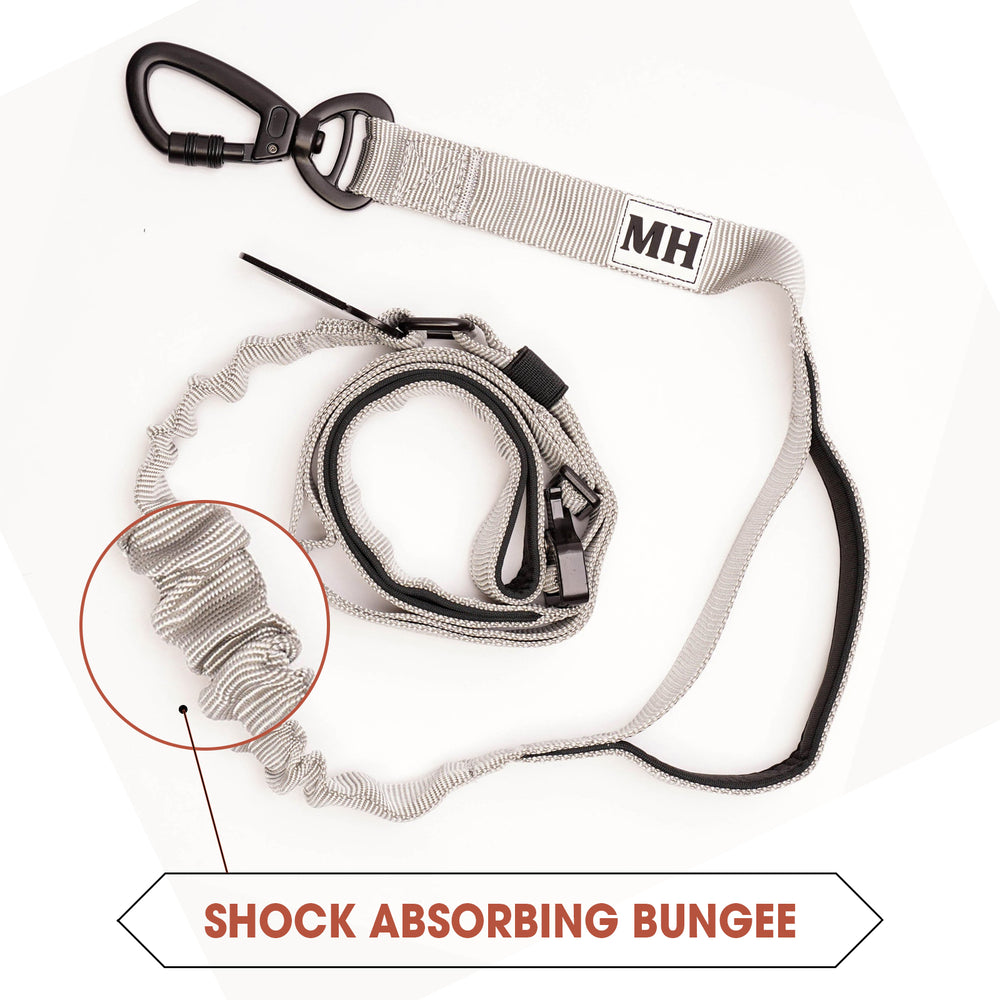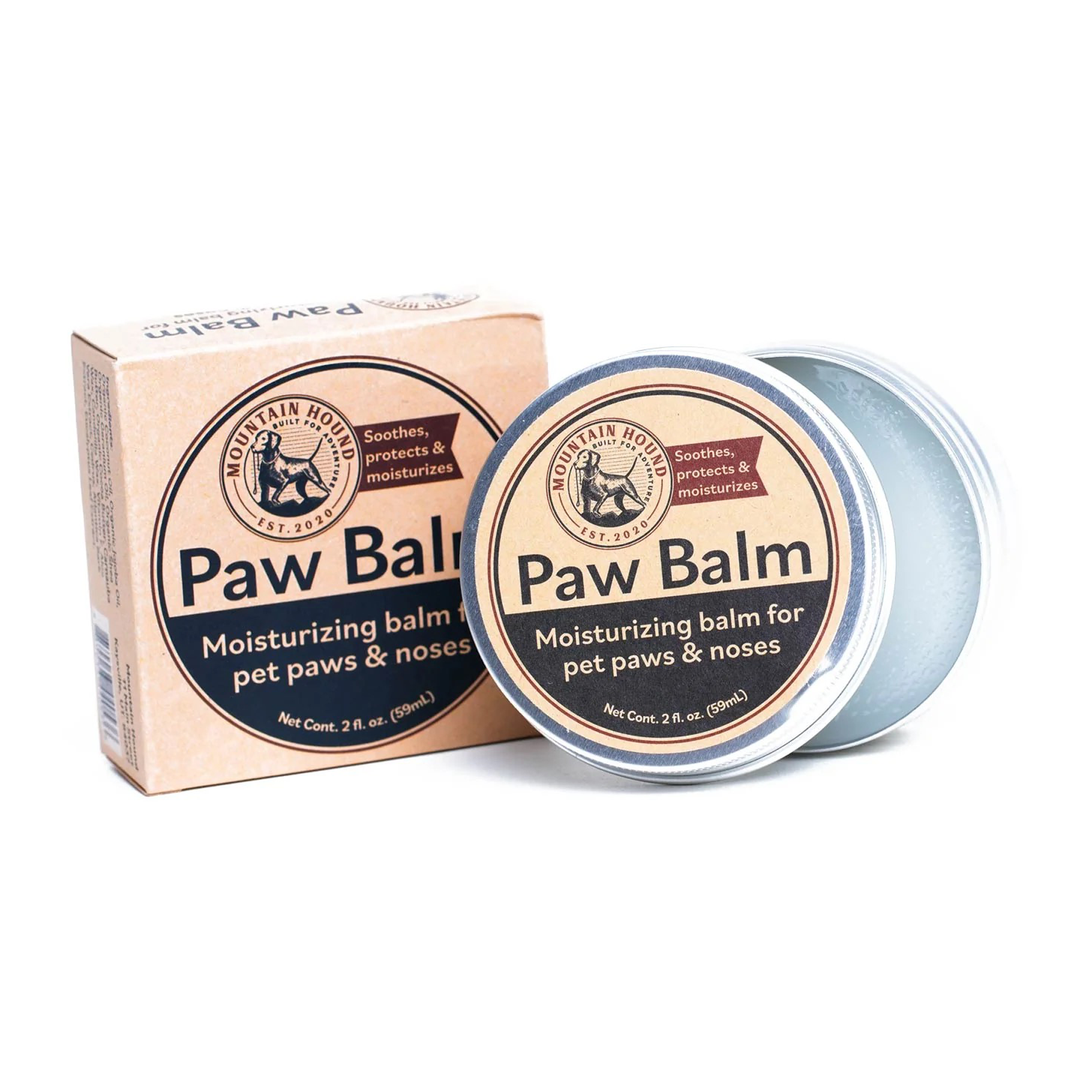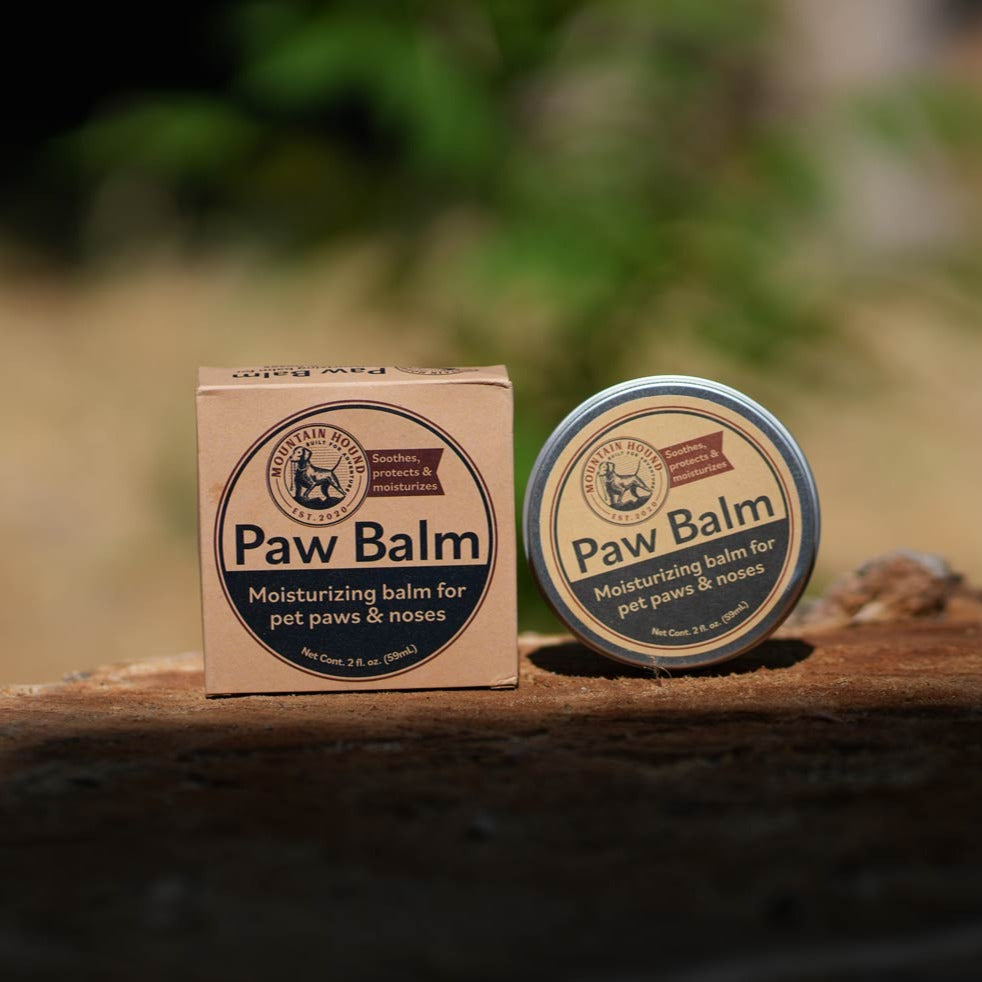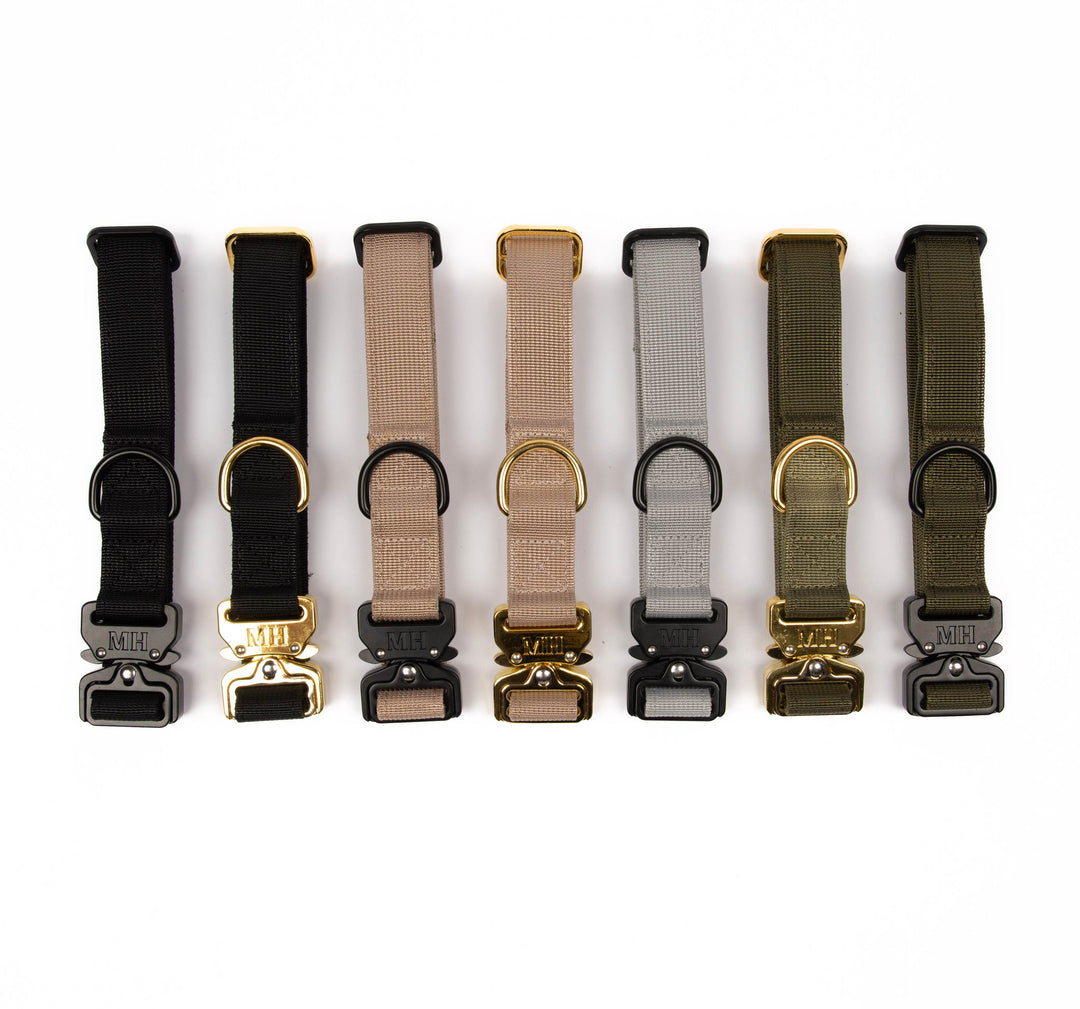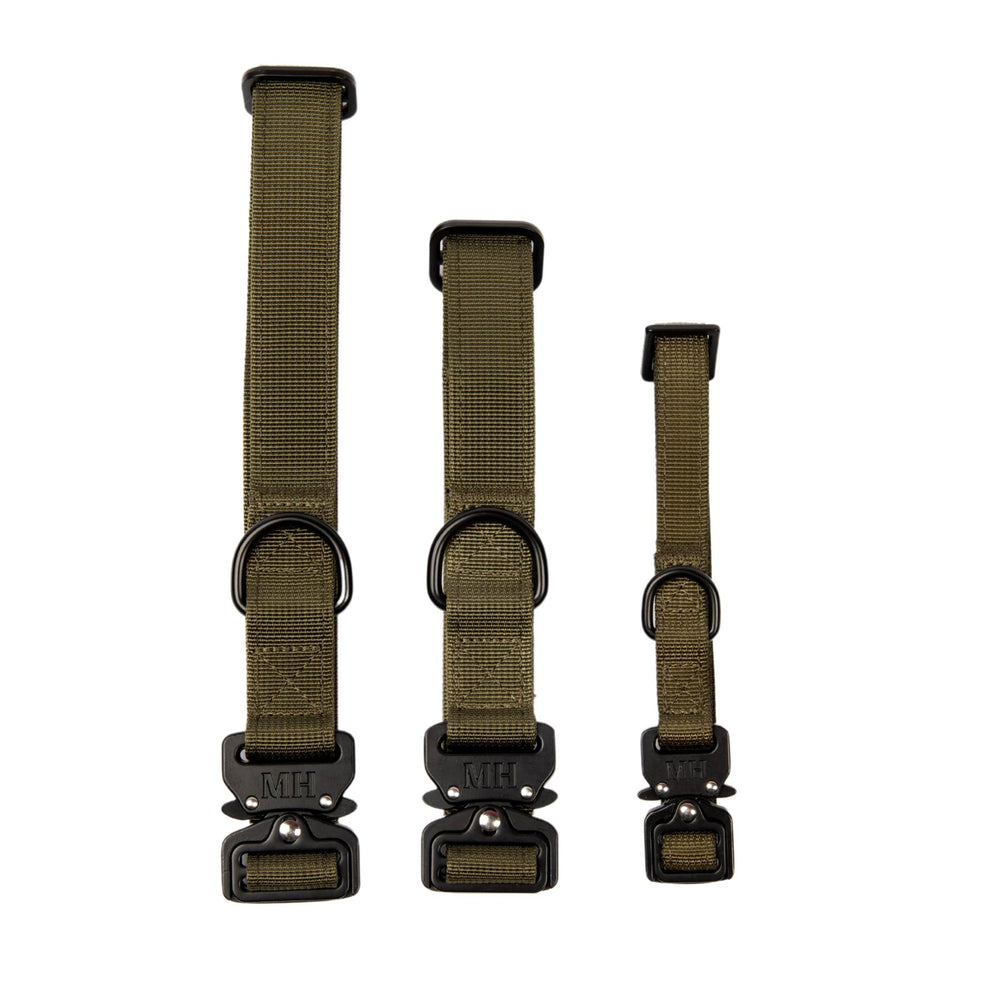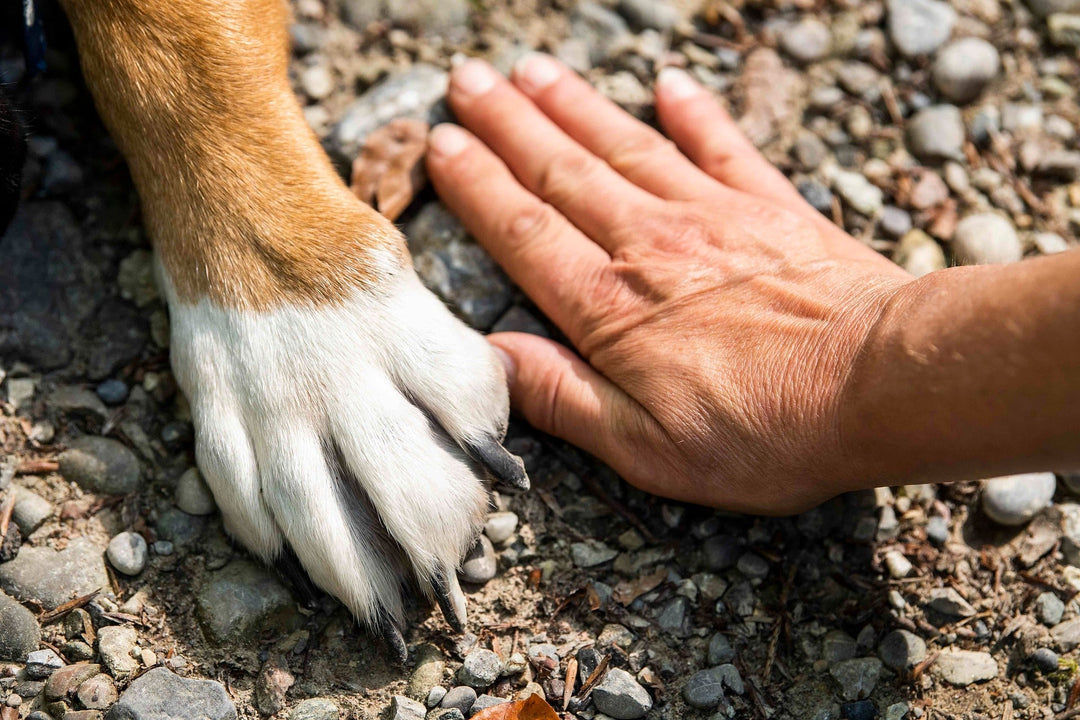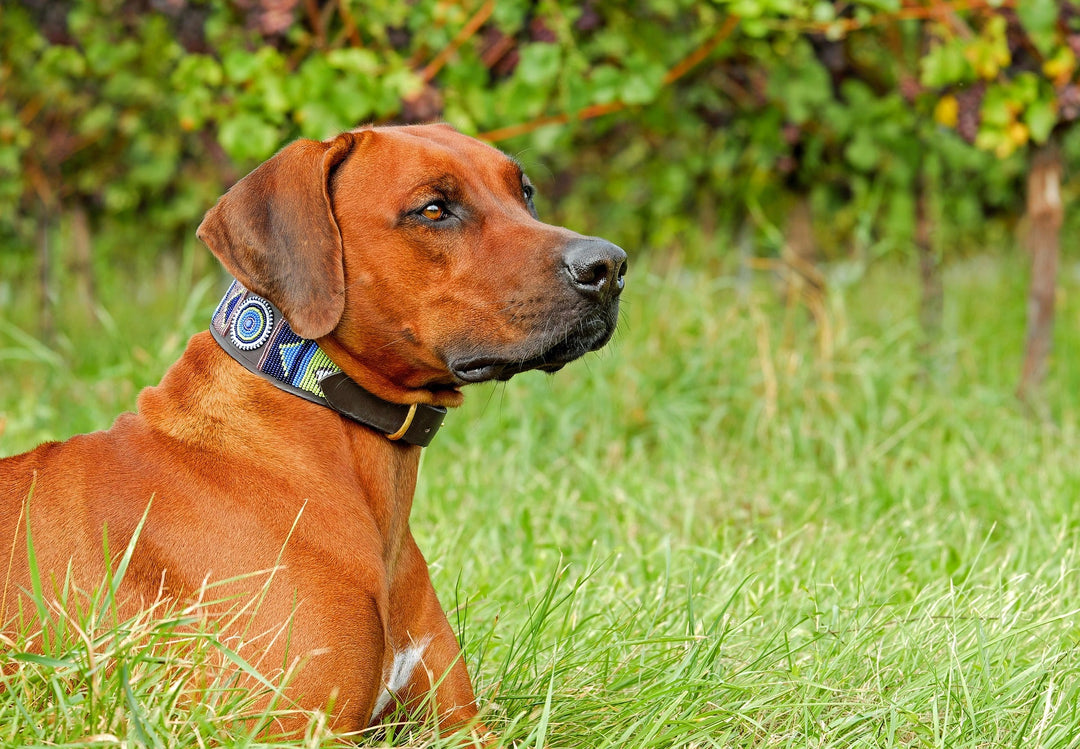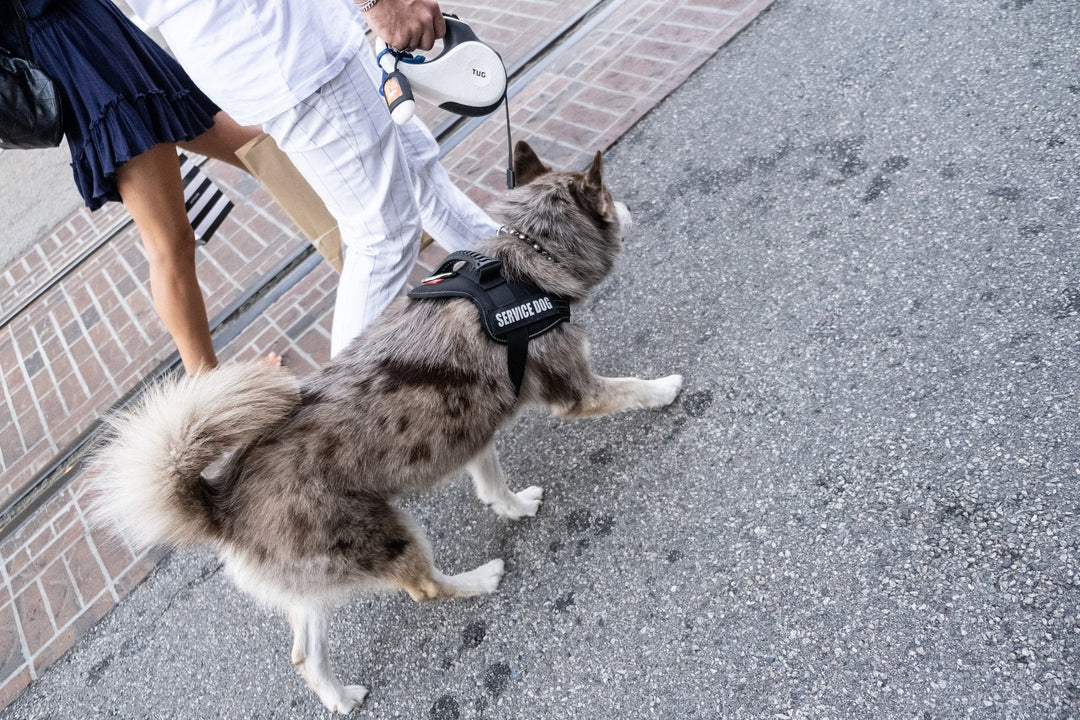How to Spot Dog Diabetes

Although we do everything to ensure our furry companions have a healthy and happy life, unfortunately, our hounds can develop chronic illnesses such as diabetes. Canine or dog diabetes is a condition in which the dog's body is unable to produce or properly use insulin, leading to high blood sugar levels.
If left untreated, dog diabetes can lead to complications such as kidney disease, blindness, and nerve damage. Hence, it is essential that pet parents know how to identify the signs of dog diabetes and take the necessary steps to get the treatment needed for it. In today's Mountain Hound blog post, we discuss the signs, diagnosis, and treatment of canine diabetes and provide helpful tips for pet parents caring for their diabetic hounds at home.
Signs of Canine Diabetes:
The earlier the symptoms of canine diabetes are identified, the sooner you can get your hound to the vet for treatment. Two of the most common signs of diabetes are increased thirst and urination. For example, your hound may struggle with excessive thirst (drink more water than usual) and need to go outside to urinate more frequently.
Other common symptoms include:
- Weight loss despite an increased appetite
- Excessive lethargy
- Poor coat condition
Diagnosis of Canine Diabetes:
If you suspect your dog has diabetes, it is essential to consult a veterinarian right away for a proper diagnosis. During the veterinary consultation, the vet will examine your hound and conduct blood tests to confirm a diabetic diagnosis.
A blood test called the fructosamine test can indicate your dog's average blood sugar level over the past two to three weeks, while a glycated hemoglobin test is useful in determining your dog's long-term blood sugar control.
Once your dog is diagnosed with diabetes, you will need to work closely with your vet to develop a treatment plan.
Treatment of Canine Diabetes:
The primary goal of diabetes treatment for dogs is to maintain normal blood sugar levels. This typically involves daily insulin injections, which are usually administered by the pet parent. Your vet will give you clear instructions on giving your dog insulin injections and how often they need them.
Proper diet and regular exercise also play an essential role in managing diabetes as they help regulate blood sugar levels. The best dog food for diabetic dogs is one that is high in fibre but low in fat and carbohydrates.
Tips for Pet Parents Caring for a Dog with Diabetes:
- Schedule regular vet appointments and blood sugar tests to monitor your dog's condition.
- Keep track of your dog's food and insulin dosage and administer them at consistent times.
- Avoid giving your hound treats or table scraps, as human foods are usually high in sugar and carbohydrates.
- Monitor your dog's weight, and ensure they get enough exercise and activity.
- Keep a close eye on your dog for low blood sugar (hypoglycemia) symptoms, such as shaking, confusion, or fainting.
Treating Hypoglycemia in Hounds at Home
- Feed your hound small, regular meals throughout the day to prevent their blood sugars from fluctuating.
- Rub corn syrup, honey or over-the-counter glucose pastes on your dog's gums to raise their blood sugar levels.
- If your hound is unconscious or does not respond to your attempts to raise their blood sugar levels, it's time to head to the vet immediately! Often intravenous dextrose, glucagon and steroids will be used to counteract insulin and restore normal blood sugar levels.
Final Thoughts
Canine diabetes can be effectively managed with proper diagnosis, treatment, and care. By identifying the signs of diabetes early and working closely with your vet, you can provide your furry friend with the best quality of life. Naturally, finding out your hound has diabetes can be very worrying. However, ensuring that your diabetic dog has a healthy diet, regular exercise (dog walking), and insulin injections at the appropriate intervals can help prevent complications and ensure longevity.
Image by Moshe Harosh from Pixabay



